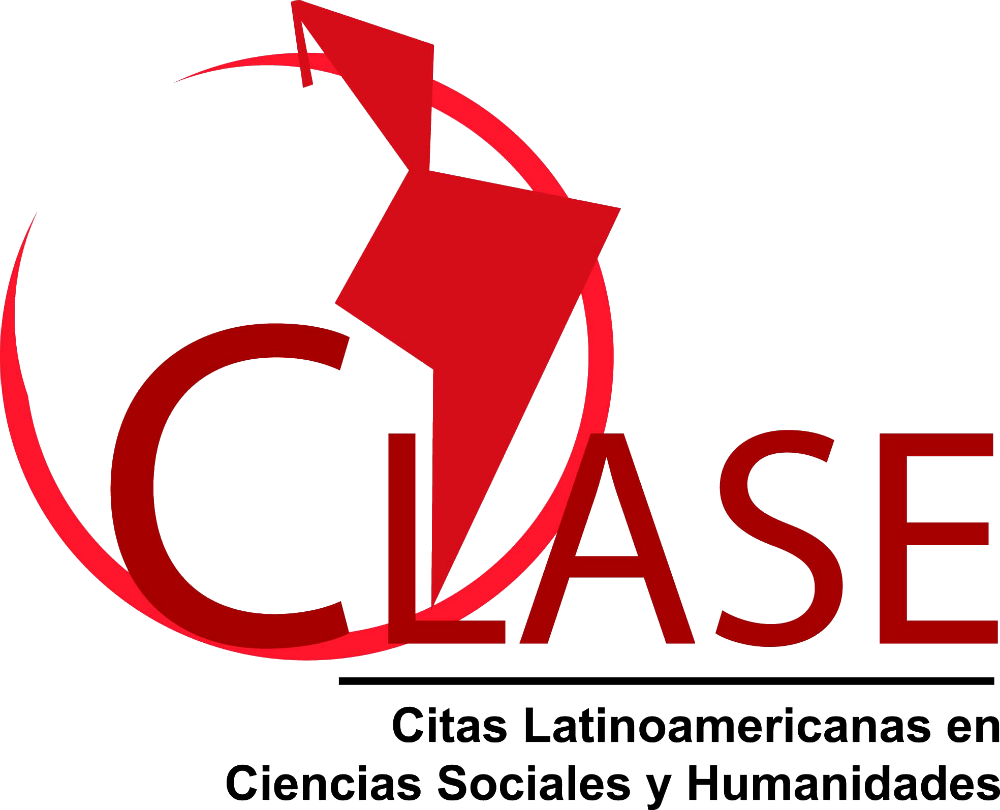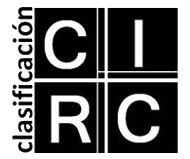Can I take a picture of you?: Production and circulation of images in the artistic world drag queen.
DOI:
https://doi.org/10.24215/16696581e266Keywords:
artistic world, image, photography, drag quenn, social networksAbstract
The growing circulation of digital images on the Internet has modified the logics of production, visibility and reception of many social universes. The drag queen art world is no exception and in the last two decades the circulation of photographs in virtual social networks have transformed some of the practices and social relations that constitute this social universe.
This work refers to these processes of transformation from an ethnographic approach to the relationship between images and the artistic practice of drag queen, through the analysis of the production and circulation of digital photographs on virtual platforms. The first section of the text contains an introductory review of some dialogical approaches from anthropology to the study of the visual and images. Then a set of notes on my ethnographic research and the following two sections contain the analysis of a set of on-line and off-line social interactions that took place between the artists and their audience with the effects of the production and reception of photographs on social networks such as Facebook and Instagram. This article represents a commitment to investigate a social universe based on the analysis of the configuration of relations with images.
Downloads
References
Burke, P. 2005. “Estereotipo de los otros” En: Visto y no visto. Usos de la imagen como documento histórico. Barcelona: Crítica.
Debord, G. (2005) La sociedad del espectáculo. Editorial: Pre-textos.
Estalella, A. y Ardévol, E. (2010). Internet: instrumento de investigación y campo de estudio para la antropología visual. En: Revista Chilena de Antropología Visual - número 15-Santiago. ISSN 0718-876.
Henley, P. (2001). Cine etnográfico: tecnología, práctica y teoría antropológica.Desacatos 8, pp. 17-36. Recuperado de: http://www.scielo.org.mx/scielo.php?script=sci_abstract&pid=S1607050X2001000300002&lng=es&nrm=iso
Mitchell,W.J.T (2009 [1994]). Teoría de la imagen. Ensayos sobre representación verbal y visual. Traducción Yaiza
Hernandez Velázquez. España, Madrid: Ediciones Akal.
Masotta, C. (1995). Antropología para Ver. Sobre el uso de imágenes en la primera Antropología. Revista Causas y Azares, Año II, Número 2. Recuperado de: http://www.ahira.com.ar/ejemplares/causas-y-azares-no-2/
Mirzoeff, N. (2003 [1999]). Introducción. ¿Qué es la cultura visual? En: Una introducción a la cultura visual. Buenos Aires, Argentina: Paidós.
Newton, E. (2016 [1972]). Mother Camp. Un estudio de los transformistas femeninos en los Estados Unidos. Edición de María José Bullejos
Poole, D. (2000). Introducción. En: Poole D. Visión, Raza y Modernidad. Una economía visual del mundo andino de imágenes (pp. 11- 35). Lima, Perú: Casa de estudios del socialismo.
Ruby, J. (2007). Los últimos 20 años de Antropología visual – una revisión crítica. Revista Chilena de Antropología Visual, Nº 9. Recuperado de: http://www.antropologiavisual.cl/imagenes9/imprimr/ruby.pdf
Sontag, S. (2012). Sobre la Fotografía. Editorial: De Bolsillo.
Sívori, H. (2005). Locas, chongos y gays. Sociabilidad homosexual masculina durante ladécada de 1990. Buenos Aires: Antropofagia.
Taylor, D. (2011). Introducción. Performance, teoría y práctica. En Taylor, Diana y Marcela A. Fuentes (Ed.). Estudios avanzados de Performance. México DF, México: Fondo de Cultura Económica.
Triquell, A. (2011). Imágenes que (nos) miran Experiencia, visualidad e identidad narrativa. Prácticas de oficio. Investigación y reflexión en Ciencias Sociales, n° 7/8. Recuperado de: https://ides.org.ar/wp-
content/uploads/2012/04/artic51.pdf
_______________(2016). Hacer (lo) visible la imagen fotográfica en la investigación social. Revista Reflexiones 94 (2), 121-32. Recuperado de: https://revistas.ucr.ac.cr/index.php/reflexiones/article/view/25462
Yúdice, G. (2002). El recurso de la cultura. Usos de la cultura en la era global. España, Barcelona: Gedisa.
Downloads
Published
How to Cite
Issue
Section
License
La aceptación de un original por parte de la revista implica la cesión no exclusiva de los derechos patrimoniales de los/as autores/as en favor del editor, quien permite la reutilización, luego de su edición (postprint), bajo una Licencia Creative Commons Atribución-NoComercial-CompartirIgual 4.0 Internacional (CC BY-NC-SA 4.0)
Acorde a estos términos, el material se puede compartir (copiar y redistribuir en cualquier medio o formato) y adaptar (remezclar, transformar y crear a partir del material otra obra), siempre que a) se cite la autoría y la fuente original de su publicación (revista y URL de la obra), b) no se use para fines comerciales y c) se mantengan los mismos términos de la licencia.
La cesión de derechos no exclusivos implica que luego de su edición (postprint) en Question las/os autoras/es pueden publicar su trabajo en cualquier idioma, medio y formato; en tales casos, se solicita que se consigne que el material fue publicado originalmente en esta revista.
Tal cesión supone, también, la autorización de los/as autores/as para que el trabajo sea cosechado por SEDICI, el repositorio institucional de la Universidad Nacional de La Plata, y sea difundido en las bases de datos que el equipo editorial considere adecuadas para incrementar la visibilidad de la publicación y de sus autores/as.
Asimismo, la revista incentiva a las/os autoras/es para que luego de su publicación en Question depositen sus producciones en otros repositorios institucionales y temáticos, bajo el principio de que ofrecer a la sociedad la producción científica y académica sin restricciones contribuye a un mayor intercambio del conocimiento global.















































